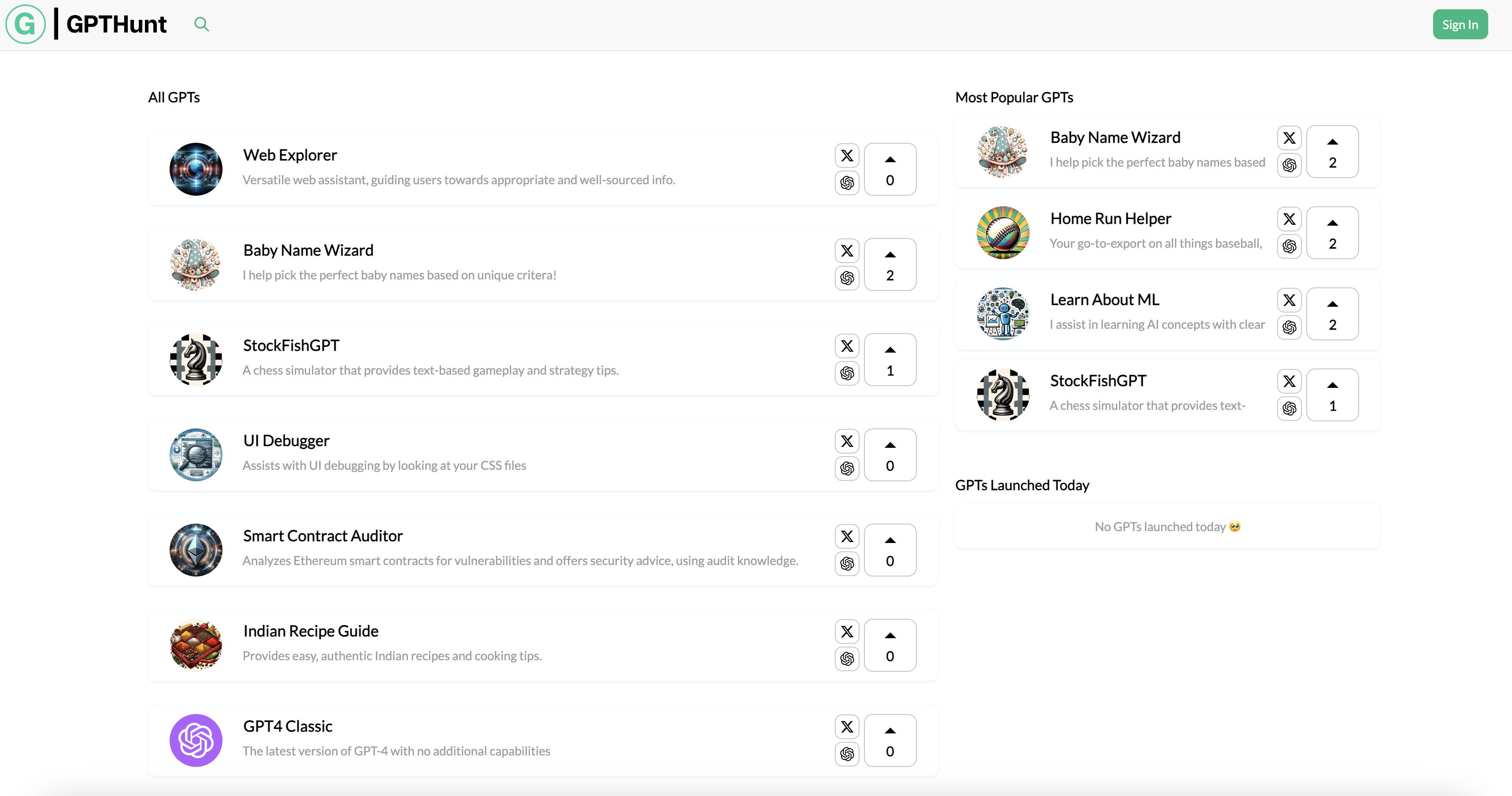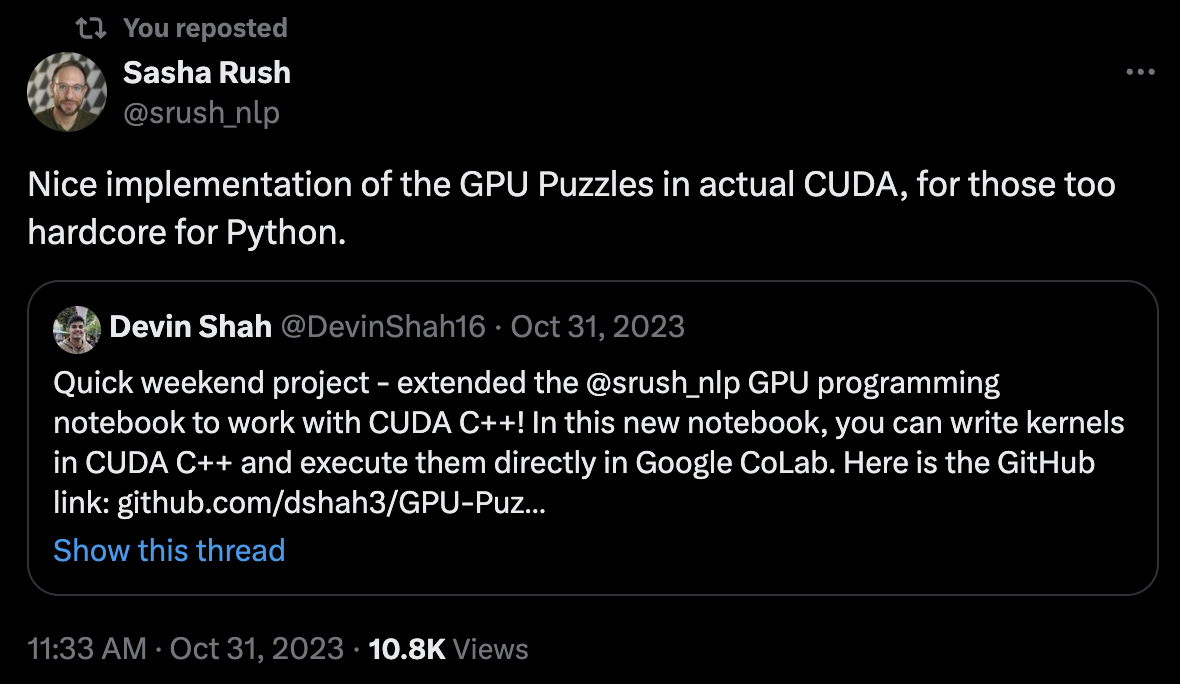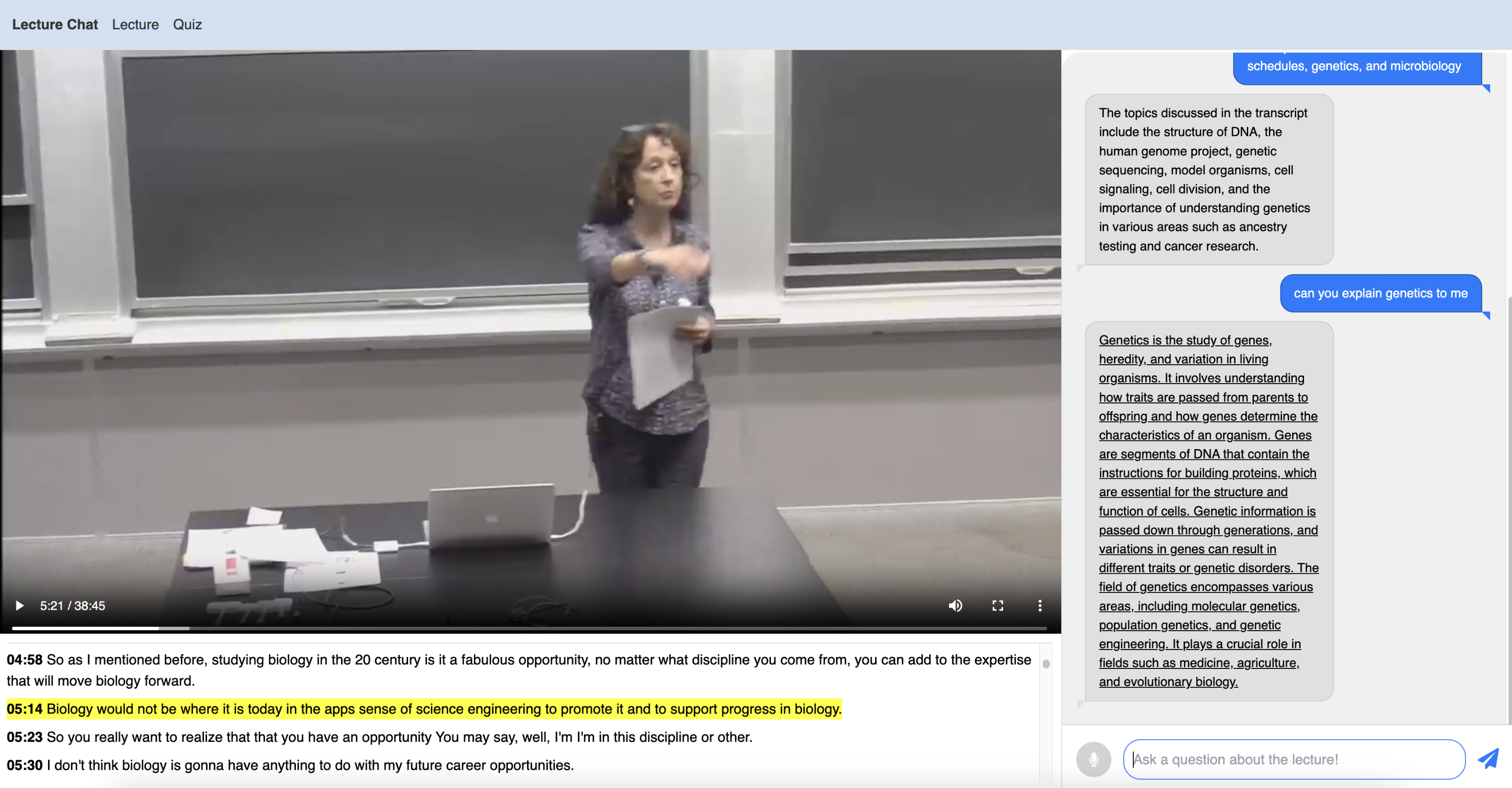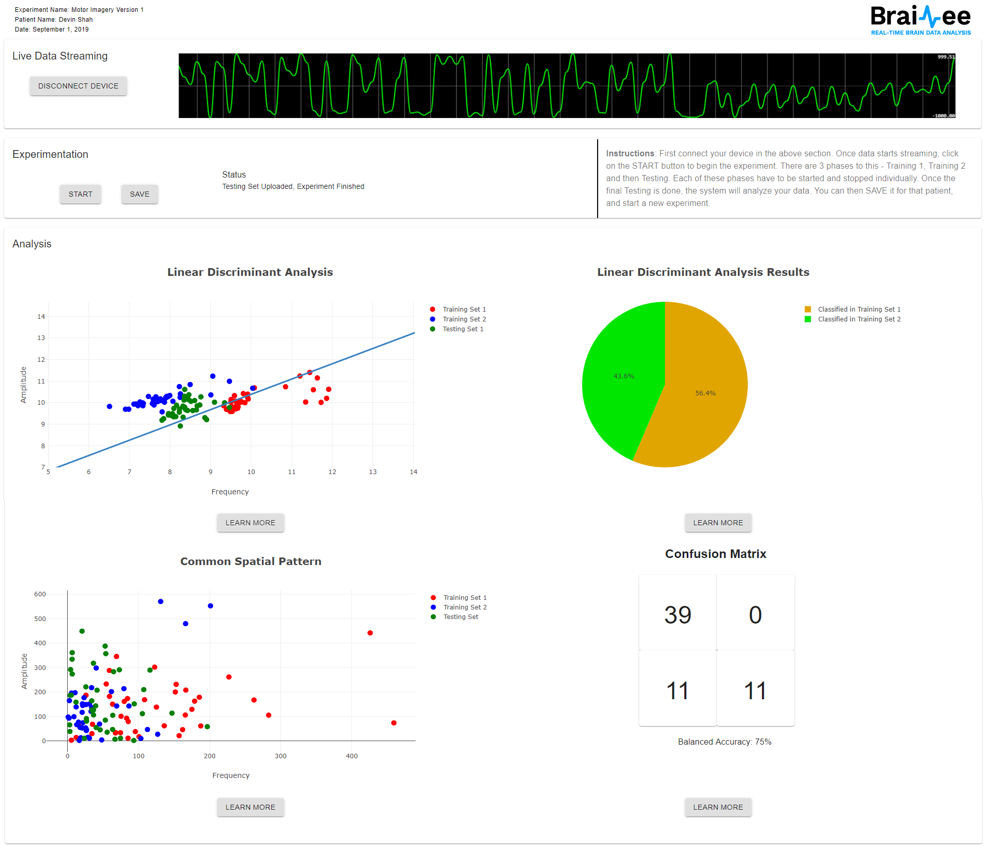My Projects
I've built a few side projects in the past few years while I was not doing research, working on my startup, or school. I plan on adding more here frequently.
Character Prefix Conditioning
September 2025
Implemented the CPC algorithm from Cursor that states we must sample from a language model given a character prefix.
- Built a character prefix trie and added a logits post processor that masks tokens outside the valid prefix chain on every sampling step (walk back - sample forward).
- Created an interactive Modal deployment so anyone can try CPC from a Modal container (it is almost Cursor Tab speed on an H100); source is on GitHub.
GPTHunt
December 2023
I created the ProductHunt for GPTs. Users can list and upvote their favorite GPTs. I believe that this method of searching for and ranking GPTs is better than a generic store, considering that GPTs are much easier to build than apps or products. This was more for me to learn how to build a web app with auth and storage.
GPU Puzzles - C++ Edition
October 2023
I created a C++ version of Professor Sasha Rush's GPU Puzzles. These puzzles were originally in Numba, but I converted them to C++ kernels and wrote the kernel invocation block. These puzzles consist of common building blocks such as prefix sums, 1d and 2d convolutions, and matrix multiplication.
Duke Organizations
2020-2024
- Duke Innovation Studio: First cohort and advisor to Kora, a medical device company building surgical lamps and tools
- Duke BMES: Industry and Alumni Lead - organized a panel for students to talk about summer internships in tech and consulting
- Duke Science Olympiad: Event supervisor and test writer
LectureChat
October 2023
I built an app that allows anyone to upload a lecture video in any language and talk with it in any language through voice and text. The app uses AI to generate a transcript in the native language and then allows the user to pick any language to translate it into. Furthermore, the AI creates quizzes based on the transcript in any language and interacts with the user via text and voice. Project submitted to Duke Generative AI Hackathon. Built in 2 days.
- Built using NextJS, Deepgram's speech-to-text APIs, OpenAI's GPT-3.5, and Redis
- Built with Cursor and GPT-4 assistance for hackathon speed
Body Part X-Ray Classifier
2022
I created a classifier for body part X-rays (using a CNN). It contained 22 classes of body parts and a massively imbalanced dataset, so we reduced the amount of data for over-represented classes. The goal was to analyze the convolution layers of the CNN to determine the types of filters (low-pass, high-pass, band-pass, band-stop, etc.).
- Built with PyTorch, simple CNN with a few convolution layers, max-pool, and Adam optimizer
- Analyzed the resulting trained filters to see what types of filters were learned
Coronavirus US Case Updates
March 2020
I created a webscraper with Slack webhooks to periodically send US coronavirus daily case updates to my family's Slack channel. It tracked the total number of cases in the US, total number of cases in California, total number of deaths at the nation and state levels, and percent increase day-by-day of both deaths and cases.
Tech StackBrainee
May 2019 - January 2020
At the Human Technology Interaction Lab in the University of Alabama's Computer Science department, I developed a browser-based platform to allow researchers of all backgrounds to run large-scale EEG-based experiments on the human brain, using the Muse EEG headset. We use the Muse EEG headset as a fast bluetooth enabled EEG device that streams data to the browser, pre-processing algorithms that include combinations of low and high pass filters to clean the data, and post-processing algorithms such as LDA to discern motor movements.





